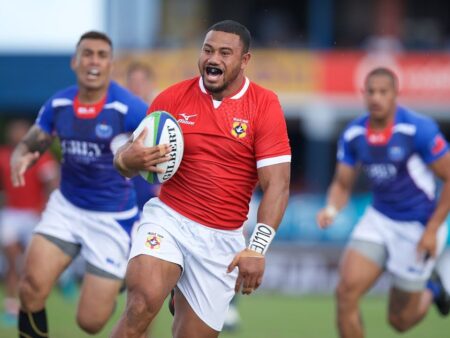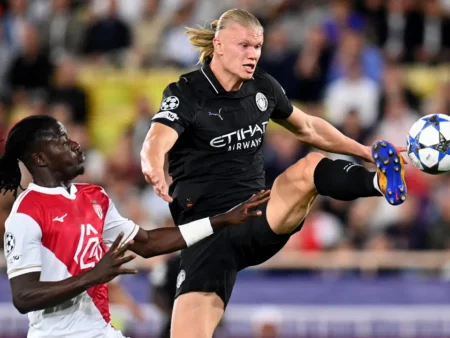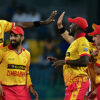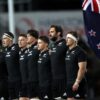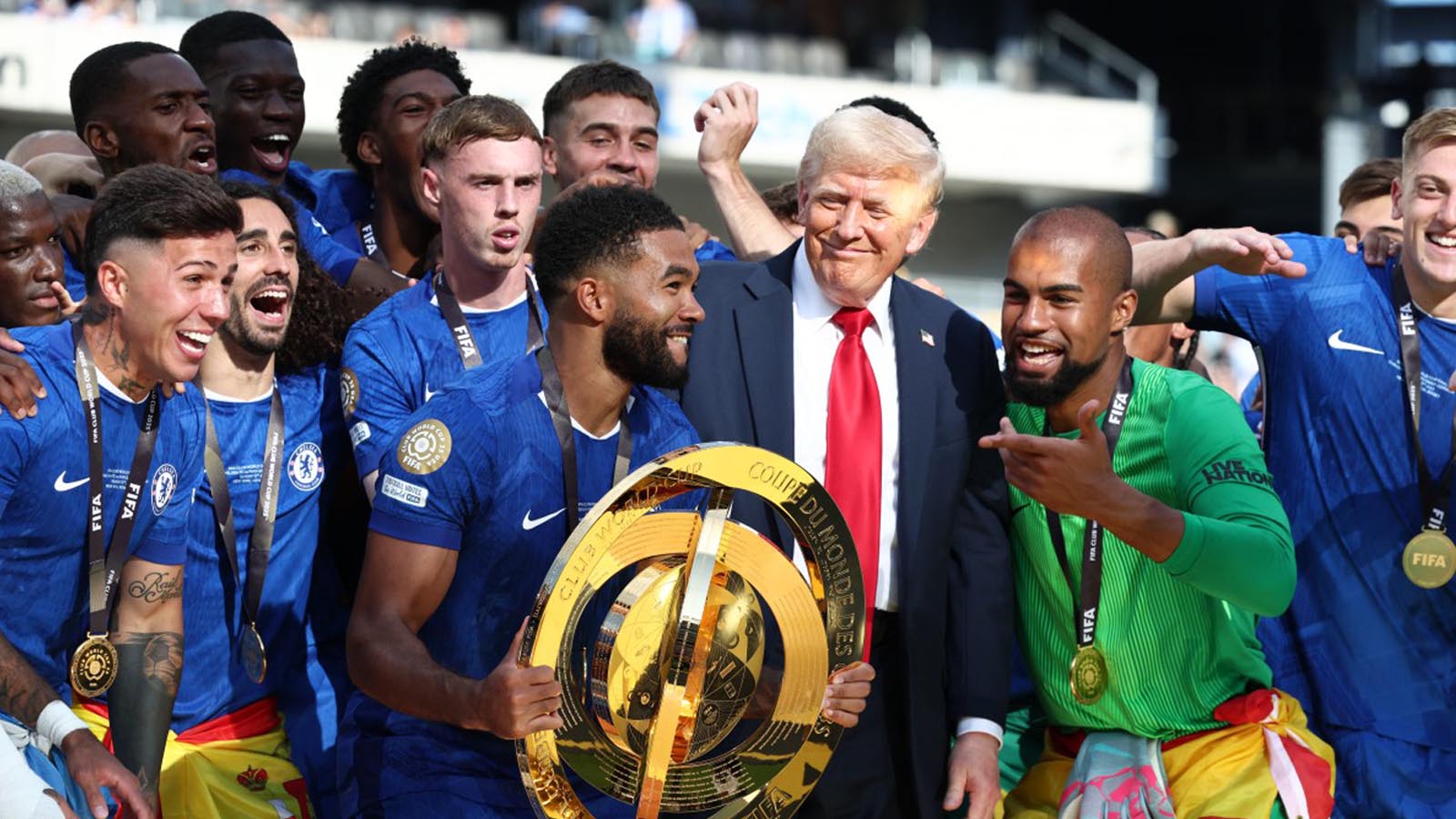
The world of elite football is accustomed to the roar of the crowd, the intricate dance of tactical formations, and the sheer thrill of athletic prowess. Yet, at the ongoing Club World Cup hosted across the United States, an unexpected, formidable opponent has emerged: the capricious and often brutal summer weather. From the sweltering humidity of New Jersey to the thundery skies of Florida, teams are finding themselves strategizing not just against their rivals, but against Mother Nature herself. And in doing so, this tournament offers a compelling, albeit sweaty, preview of challenges awaiting the FIFA World Cup 2026.
The Uninvited Guest: Heat, Humidity, and High Stakes
Imagine stepping onto a pristine pitch, ready to execute a finely tuned game plan, only to be met by air so thick with humidity it feels like a physical barrier, and temperatures that bake the synthetic turf. This isn`t an isolated incident; it`s the recurring narrative of this Club World Cup. Matches have been played in conditions where the mercury stubbornly hovers near 88 degrees Fahrenheit (approximately 31 Celsius) at kickoff, mirroring scenes from various host cities across the U.S.
For coaches like Palmeiras’ Abel Ferreira, the weather isn`t merely an inconvenience; it`s a strategic variable demanding a complete overhaul of conventional wisdom. His candid admission, “We are going to deal not only with our opponent but also with the weather,” encapsulates the new reality. His team`s tactical shift from an attacking stance against Porto to a more defensive shape against Al Ahly, just days later, wasn`t solely about the opponent`s strengths. It was a direct concession to the oppressive heat, a pragmatic decision to conserve energy and manage the physical toll on his players.
The Disruption of the Elements: Lightning Delays and Tactical Chaos
Beyond the relentless heat, the American summer is renowned for its dramatic lightning storms. These aren`t just picturesque displays; they are game-stoppers. The Club World Cup has already witnessed multiple significant delays, interrupting the flow of matches and forcing unprecedented mid-game strategic adjustments.
During a match in East Rutherford, a lightning delay halted play for 45 minutes, creating a bizarre tactical vacuum. For Al Ahly manager Jose Riveiro, this pause prompted a radical quadruple substitution upon resumption – a desperate gamble to “start a new game” and inject fresh energy. While it didn`t yield success for his side, it highlighted the chaotic unpredictability weather introduces.
“It wasn`t easy to get back to the rhythm that the game was playing at that time… this type of interruptions are obviously not going to help for the show.” — Jose Riveiro, Al Ahly Manager
Conversely, for a team like Palmeiras, already leading 2-0 when the skies opened, the delay became an unexpected ally. It allowed them to regroup, refocus, and re-emphasize their defensive posture, effectively slowing down a game already favoring them. Ferreira even admitted to making rare halftime substitutions against the advice of his staff, purely to “refresh the team” and play on the “strategic side [because] of the weather.” Such decisions underscore a shift from pure footballing strategy to a nuanced climate adaptation.
A Glimpse into 2026: The World Cup`s Climatic Conundrum
The current Club World Cup, spread across geographically diverse U.S. cities, serves as an undeniable dress rehearsal for the grandest stage of all: the FIFA World Cup 2026, co-hosted by the U.S., Canada, and Mexico. The weather patterns experienced now – the scorching heat of the southern states, the humid conditions of the east coast, and the potential for disruptive storms – are not anomalies. They are fundamental characteristics of North American summers.
FIFA`s decision to host a summer tournament in regions known for their intense climatic conditions raises pertinent questions. While the 2022 Qatar World Cup was controversially moved to winter due to heat concerns, a similar luxury may not be afforded to future summer tournaments. The sheer geographical spread of the 2026 event means teams will face a diverse range of extreme weather, demanding intricate logistical and physiological preparation. For instance, Florida and Texas, two states often dubbed the U.S.`s “lightning capitals,” are slated to host matches, promising a continuation of the current meteorological drama.
The Irony of Scheduling: Broadcast Needs vs. Player Welfare
Adding a layer of perhaps unintended irony to this climatic challenge is FIFA`s broadcast-driven scheduling. Many matches are slated for noon kickoffs, a cadence designed to accommodate global television audiences and avoid broadcast overlaps. However, this invariably places players on the field at the absolute peak of the day`s heat and humidity, directly exacerbating the very conditions they struggle to overcome. It`s a stark reminder that while the beautiful game is played by athletes, its timing is often dictated by commercial imperatives.
The visible fatigue on players` faces, as noted by Ferreira, speaks volumes. It`s not just about winning; it`s about enduring. The ability to maintain intensity, make split-second decisions, and execute complex maneuvers dwindles when the body is battling heat exhaustion, making every pass and sprint a monumental effort.
Conclusion: The New Normal for Global Football?
The Club World Cup is proving to be more than just a test of footballing skill; it`s a masterclass in adaptation. As climate patterns shift globally, and major tournaments increasingly traverse varied geographical and climatic zones, the lessons learned from this tournament in the U.S. are invaluable. Teams must now not only analyze their opponents` strengths and weaknesses but also meticulously study weather forecasts, devising specific game plans to combat the elements. The “unseen opponent” of extreme weather is no longer a footnote; it`s a central character, reshaping strategies, influencing outcomes, and adding an entirely new dimension to the beautiful game. For future tournaments, it seems, the forecast will be as critical as the lineup.
